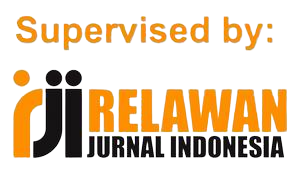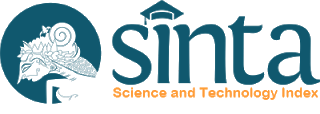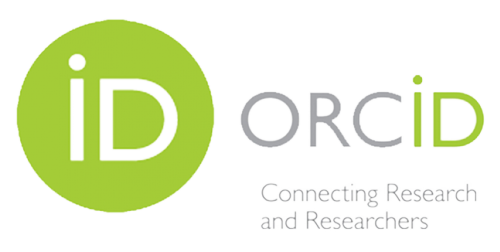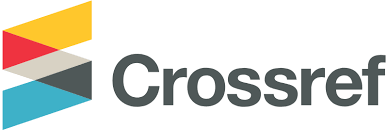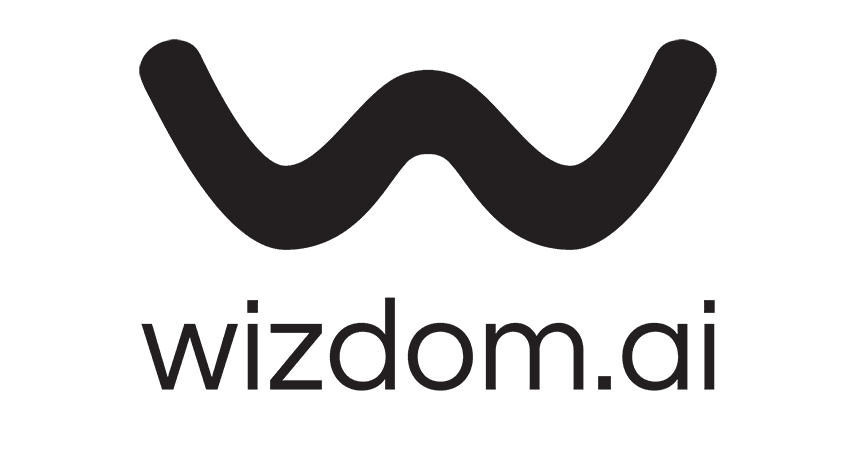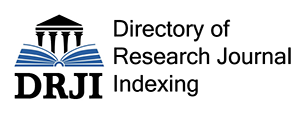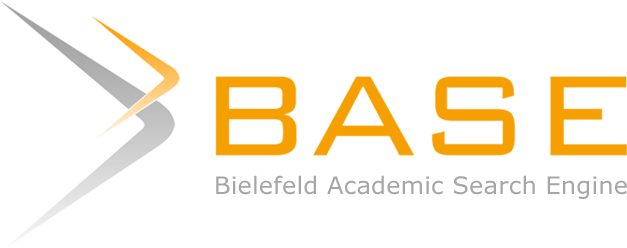Analisis Kinerja Pegawai pada Direktorat Sumber Daya, Ditjen Dikti Kemendikbud
Abstract
[Employee Performance Analysis in Directorate of Resources, Directorate General of Higher Education, Ministry of Education and Culture]. The performance indicators of the Directorate of Resources program in 2019 have not been maximized, only 77.60% has been achieved. For this reason, this study was conducted, which aims to determine the influence of internal employee factors, leadership, work team, work system and work environment on employee performance in the Directorate of Resources, so that we can get a picture and find out how much the relationship and influence on each variable to improve and improve the performance of employees in the Directorate of Resources. The analysis of this research uses a linkert scale and a rating scale, and hypothesis testing is carried out by analyzing Partial Least Squares Structural Equation Modeling (PLS-SEM) with the SmartPLS 3 application. The result of the research was obtained, employee internal factors, leadership, work team, work system and work environment. has an influence on employee performance. And employee internal factors that most dominantly affect employee performance in the Directorate of Resources. Based on this, efforts are needed for further research by exploring and developing other variables that can affect performance. Likewise, the object of research can be carried out on the same object or on different objects.
Keywords: Performance, Internal factors, Leadership, Work team, and Work environment
Keywords
Full Text:
PDFReferences
Ditjen Sumber Daya Iptek dan Dikti (2019). Laporan Akuntabilitas Kinerja Instansi Pemerintahan (Lakip). Jakarta.
Ferdinand. (2002). Metode Penelitian Manajemen: Pedoman penelitian untuk Skripsi, Tesis, dan Desertasi Ilmu Manajemen. Semarang: Badan Penerbit Universitas Diponegoro
David, G. (2016). Partial Least Squares: Regression & Structural Equation Models. North Country: Statistical Publishing Associates
Hunsaker, C. (2001). Management and Organizational. PT Gramedia Pustaka, Jakarta
Imam, G. (2014). Structural Equation Modeling Metode Alternatif dengan Partial Least Squares (PLS). Semarang. Badan Penerbit Universitas Diponegoro.
Mangkuprawira, S. (2009). Horison Bisnis, Manajemen, dan Sumber Daya Manusia. Bogor. ITB Press.
Sarstedt, M., Ringle, C. M., & Hair, J. F. (2017). Partial least squares structural equation modeling. Handbook of market research, 26(1), 1-40.
Mustafa, S. A., Kamaruddin, S., Othman, Z., & Mokhtar, M. (2009). Ergonomics Awareness andidentifying Frequently Used Ergonomics programs in Manufacturing Industries Using Quality Function Deployment. American Journal of Scientific Research. 3.51-66.
Perka BKN. Peraturan Kepala Badan Kepegawaian Negara Nomor 7 tentang Pedoman Penyusunan Standar Kompetensi Manajerial Pegawai Negeri Sipil. (2013).
Robbins., & Stephen P. (2006). Perilaku Organisasi, Edisi kesepuluh. Jakarta: PT Indeks
Sudaryono. (2017). Metodologi Penelitian (1st ed.). Depok: Raja Grafindo Persada.
Terry, R. G. (2016). Prinsip-prinsip Manajemen. Jakarta. PT Bumi Aksara.
Vincenzo, E. V., Wynne, W. C., Jörg, H., & Huiwen, W. (2010). Handbook of Partial Least Squares: Concepts, Methods and Applications. Switzerland: Springer.
Wibowo. (2011). Manajemen Kinerja. Jakarta: PT. Raja Grafindo Persada.
Yukl, G. (2005). Kepemimpinan Dalam Organisasi, Edisi kelima. Jakarta: PT Indeks.
Yuliarti, D. L., & Anggriani, I. (2015). Analisis Faktor-Faktor yang Mempengaruhi Kinerja Pegawai Pada Dinas Pendapatan, Pengelolaan Keuangan dan Aset (DPPKA) Kota Bengkulu. Ekombis Review: Jurnal Ilmiah Ekonomi Dan Bisnis. 2(1). 122-138.
DOI: https://doi.org/10.36441/jamr.v1i1.263
Article Metrics
Abstract views : 1439 times
PDF views : 1273 times
Dimension Citation Metrics
Refbacks
- There are currently no refbacks.
Copyright (c) 2021 Santi Sayanti Agustina, Tatan Sukwika, Tatan Sukwika
Article Metrics
Abstract views : 1439 timesPDF views : 1273 times
Dimension Citation Metrics
Refbacks
- There are currently no refbacks.
Copyright (c) 2021 Santi Sayanti Agustina, Tatan Sukwika, Tatan Sukwika
Refbacks
- There are currently no refbacks.
Copyright (c) 2021 Santi Sayanti Agustina, Tatan Sukwika, Tatan Sukwika
Indexing and Abstracting
Journal of Applied Management Research is indexed and abstracted in the following databases:
Cataloging
JAMR is also available on several library catalogues:

Copyright ©2021 Journal of Applied Management Research (JAMR). This work is licensed under a Creative Commons Attribution-NonCommercial-ShareAlike 4.0 International License.


